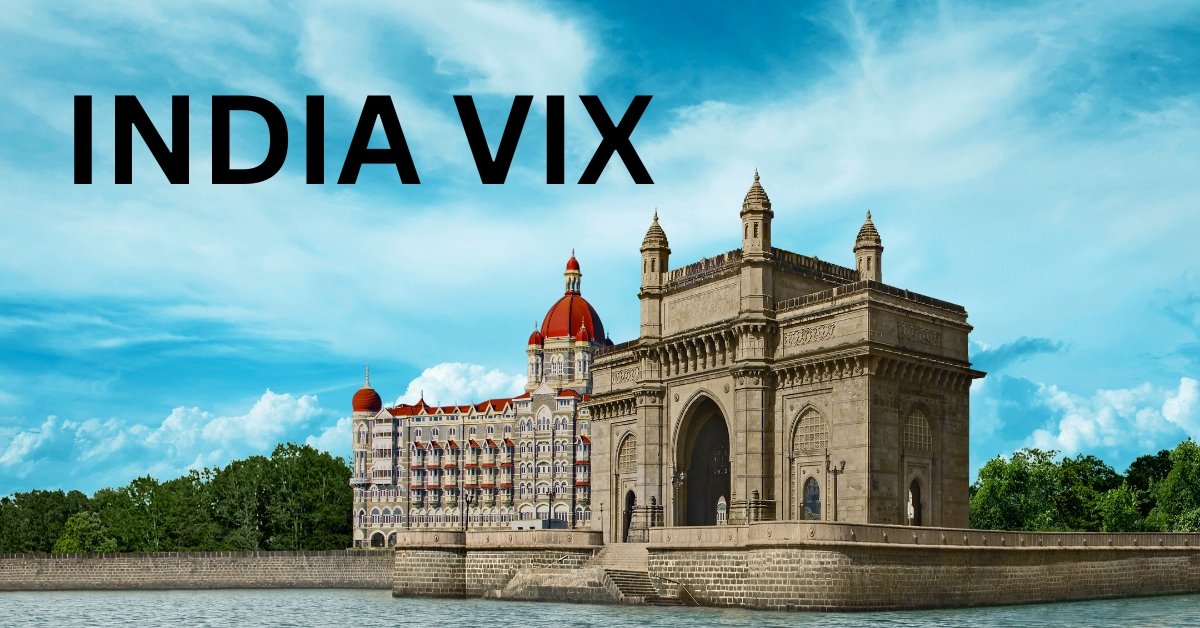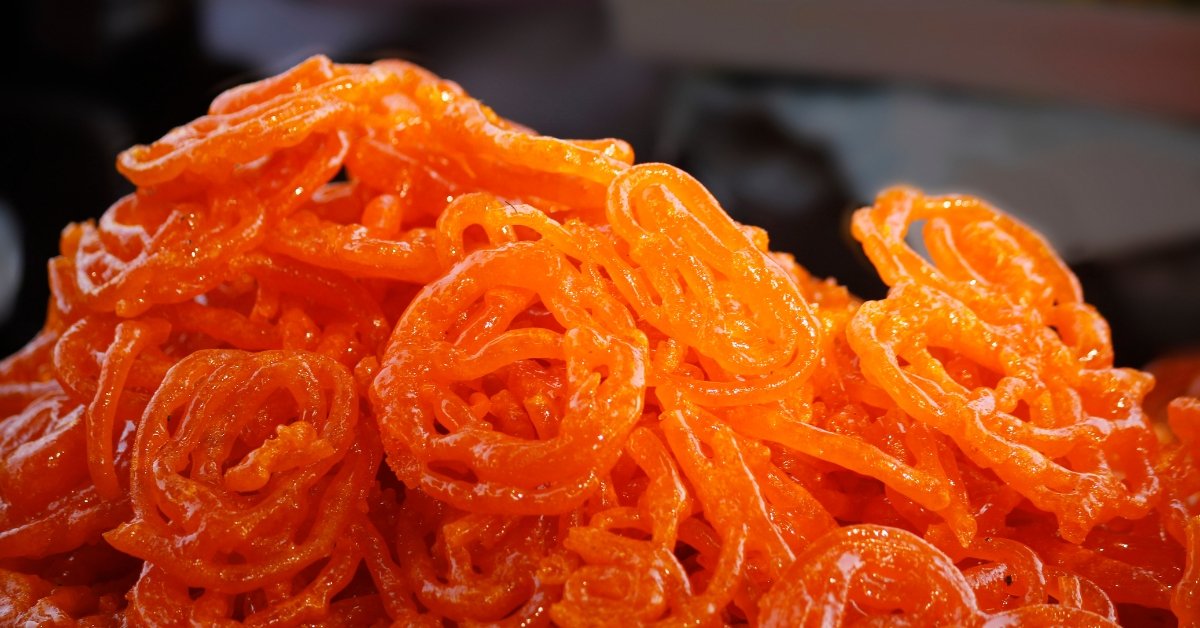Find the difference between Sikh, a follower of Guru Nanak’s faith, and Khalistani, a supporter of Punjab’s separatist movement. Learn their history and impact.
Table Of Contents
What Is The Difference Between Sikh And Khalistani: Guru Nanak’s Legacy Vs Political Ideals
Sikhism, a vibrant religion born in Punjab, India, and the Khalistan movement, a political campaign for a separate Sikh state, are often mistakenly conflated.
With over 25 million Sikhs worldwide and a complex history tied to the Khalistan movement, understanding the distinction is crucial for fostering respect and avoiding stereotypes.
This blog post explores the essence of being a Sikh, the goals of a Khalistani, and why these identities matter today.
Join us as we unravel the legacy of Guru Nanak and the political aspirations of figures like Jarnail Singh Bhindranwale, making this topic accessible and engaging for all.
What Does It Mean To Be A Sikh?
Sikhism, founded in the 15th century by Guru Nanak Dev Ji, is a monotheistic religion that champions equality, humility, and devotion to one God.
Sikhs follow the teachings of ten Gurus, culminating in the Guru Granth Sahib, their eternal scripture compiled in 1604 by Guru Arjan Dev.
This holy text contains Sikh teachings and writings from Hindu and Muslim saints, showcasing Sikhism’s inclusive spirit.
Sikhs are known for their distinct practices, often referred to as the Five Ks: Kesh (unshorn hair), Kara (steel bracelet), Kanga (wooden comb), Kachera (cotton undergarment), and Kirpan (small dagger).
These symbols reflect discipline and faith.
The Sikh commitment to community shines through langar, free community kitchens serving millions, and sewa, selfless service.
With over 8 million Sikhs in Punjab and thriving diaspora communities in Canada (780,000), the UK (500,000), and the US (500,000), Sikhs contribute immensely to global society, from business to public service.
Who Is A Khalistani?
A Khalistani is a supporter of the Khalistan movement, which seeks to establish an independent Sikh state called Khalistan, meaning “Land of the Pure.”
The term draws from “Khalsa,” the community of baptized Sikhs founded by Guru Gobind Singh in 1699.
The movement envisions a sovereign Punjab, sometimes extending to parts of Haryana and Himachal Pradesh.
The Khalistan movement emerged in the 20th century, with early calls in the 1930s and a formal proposal by Dr. V.S. Bhatti in 1940.
It gained traction after India’s 1947 partition, which split Punjab between India and Pakistan, displacing millions and fueling Sikh demands for autonomy.
The movement peaked in the 1970s and 1980s under leaders like Jarnail Singh Bhindranwale, which was marked by militant activities and violence.
Importantly, not all Sikhs are Khalistanis; most focus on their faith, not political separatism.
The Historical Roots Of The Khalistan Movement
The Khalistan movement is deeply tied to Sikh history.
The Sikh Empire (1799–1849), led by Maharaja Ranjit Singh, was a powerful autonomous state, often cited by Khalistanis as evidence of viable Sikh governance.
Its fall to British rule in 1849 sowed seeds of discontent.
The 1947 partition further intensified Sikh grievances, as Punjab’s division left many feeling marginalized.
By the 1970s, economic challenges and political alienation in Punjab fueled the Khalistan movement.
The 1984 Operation Blue Star, where the Indian army stormed the Golden Temple to remove Bhindranwale and other militants, was a turning point.
The operation killed thousands, including civilians, and damaged the sacred site, deeply wounding Sikh sentiments.
The assassination of Prime Minister Indira Gandhi by her Sikh bodyguards later that year triggered anti-Sikh riots, with estimates of 3,000–10,000 Sikh deaths.
These events galvanized the movement and led to its decline in India due to government crackdowns and internal divisions.
Sikh vs. Khalistani: A Clear Comparison
To avoid confusion, let’s break down the key differences:
| Aspect | Sikh | Khalistani |
|---|---|---|
| Identity | Religious and cultural, rooted in Guru Nanak’s teachings of equality. | Political, advocating for an independent Sikh state in Punjab. |
| Core Belief | Devotion to one God, service, and community welfare. | Sovereignty for Punjab is often tied to historical grievances. |
| Global Presence | 25 million Sikhs worldwide, focused on faith and integration. | A minority of Sikhs are active mainly in diaspora communities. |
| Historical Context | Began in the 15th century with no separatist agenda. | Emerged in the 20th century, peaking in the 1980s with militancy. |
| Modern Relevance | Sikhs thrive globally, contributing to society. | Khalistan remains controversial, with limited support in India. |
The key takeaway? Sikhism is a faith; Khalistani is a political stance.
Conflating them risks stereotyping a diverse community, especially since the Khalistan movement is often linked to separatism and violence, a sensitive issue in India.
The Khalistan Movement Today
In India, the Khalistan movement has significantly weakened since the 1980s.
In the 2024 Indian general election, pro-Khalistan candidates like Amritpal Singh and Sarabjeet Singh Khalsa won parliamentary seats but garnered only about 9% of Punjab’s votes, reflecting limited mainstream support.
Globally, the movement persists among some Sikh diaspora communities, particularly in Canada, which hosts the largest Sikh population outside India.
The 2023 killing of Hardeep Singh Nijjar, a Khalistani supporter, in Canada sparked diplomatic tensions, with Canada alleging Indian involvement—a claim India denies.
This incident underscores the movement’s ongoing international relevance and sensitivity.
Despite these debates, most Sikhs prioritize their faith and contributions to society, from running langar to serving in public roles.
The Khalistan movement remains a minority view, often debated emotionally due to historical traumas.
Why Understanding The Difference Matters
Mislabeling Sikhs as Khalistanis can perpetuate harmful stereotypes, especially given the movement’s association with violence.
Sikhism is a diverse, inclusive faith that promotes unity and service, while the Khalistan movement reflects the political aspirations of a small subset.
Recognizing this distinction fosters respect for the Sikh community’s global contributions and helps navigate Punjab’s complex history.
For example, Sikhs have made remarkable contributions worldwide, from Canadian politician Jagmeet Singh leading the New Democratic Party to UK-based Sikhs running charities.
By understanding that Khalistani views do not define Sikhism, we can appreciate the community’s richness without prejudice.
Conclusion: Embracing Clarity And Respect
The difference between a Sikh and a Khalistani is profound: one follows Guru Nanak’s timeless teachings, and the other supports a political vision for an independent Punjab.
While the Khalistan movement carries historical weight, it does not represent the millions of Sikhs who live their faith through service and equality.
By understanding this distinction, we honor the Sikh community’s contributions and carefully navigate sensitive topics.
Want to learn more about culture, history, or religion?
Check out our other articles on THOUSIF Inc. – INDIA for engaging, easy-to-read insights.
Let us keep exploring together!
Trivia
Did you know that the Guru Granth Sahib, Sikhism’s holy scripture, is treated with such reverence that it is placed on a throne-like platform and “put to rest” each night in a special room, symbolizing its status as a living Guru?




